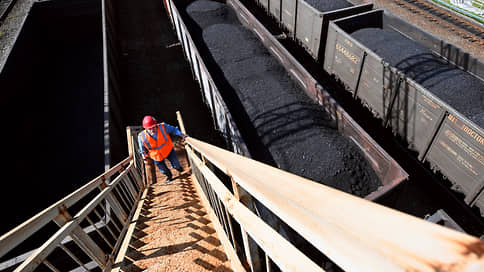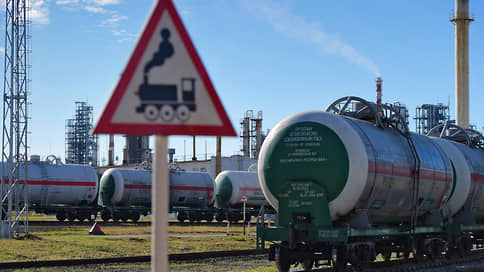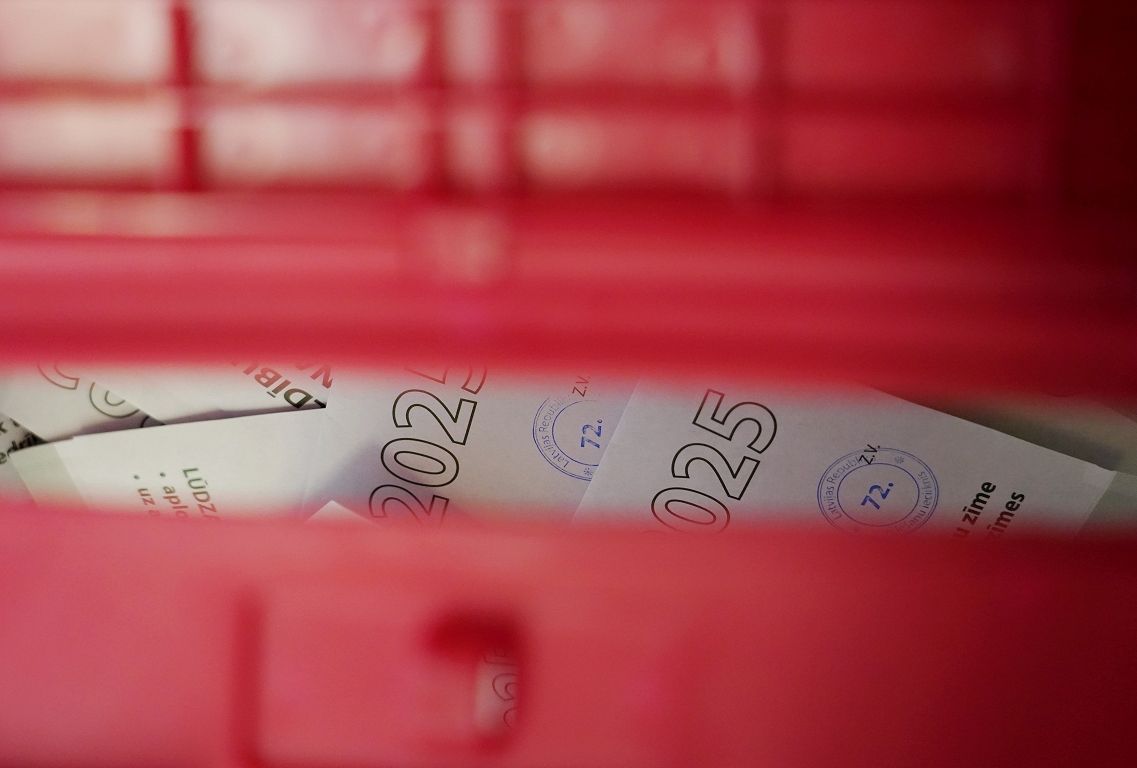Why is Russian energy coal cheaper

The profitability of the exports of individual brands of energy coals east in March went into the negative zone. Over the past week of the month, the indicator decreased to minus 358 rubles. per ton. In April, analysts are not waiting for an improvement in the situation, although some support for world prices can be reacted steps of coal importers for US duties.
Netback to the Kuzbass energy coal with calorie content of 5500 kcal per kg on FOB terms of the East, by March 30, dropped to minus 358 rubles. per ton, counted in Neft Research. During the week, the size of a negative netback grew by 90 rubles. In a weekly comparison, non -backs are reduced from the beginning of the year, the values of the values of steel from March 16.
For energy coal, a calorie content of 6,000 kcal per kg of non -back on a FOB conditions, the eastern on March 30 remains positive – 568 rubles. per ton, which is 10.6% less than a week earlier. Netbeks of this type of coal when delivered to the ports of the Baltic and Taman in a week decreased by 3.1% and 1.4% to 926 rubles. and 1.1 thousand rubles. per ton, respectively.
“The estimated non -back external supplies of energy coal continued to contract in all directions against the background of the descending dynamics of prices and strengthening the ruble, and the current level of production costs is an average of 3.5–4 thousand rubles. per ton, ”says Alexander Kotov, partner of Neft Research for consulting. Under these conditions, some manufacturers plan to suspend export since April – they end in long -term contracts. Others see a way out in a new revision of tariffs for transshipment and activation of shipments south, the expert adds.
4 thousand rubles per ton
is the average cost of energy coal mining in the Russian Federation
The export price indices of the CCC into energy coal in March decreased by an average of 8%, and the non -BEC for Kuzbass manufacturers in the eastern ports – by more than 70%, says Yevgeny Grachev, director of the Center for Price Indexes (CCI). In April, improvements to the export price situation in the CCC do not expect. S&P Global in the review notes that Chinese demand for imported energy coal is weak due to large reserves and more competitive domestic prices and in April the country will probably reduce marine imports relative to March. The consumption of energy coal in April and May can grow in India, where the replenishment of reserves will begin on the eve of the Musson season, the review says. South Korea and Pakistan can also be considered interesting areas, where new coal power plants were launched in 2024, but competition for their orders will be tough, added by industrial expert Leonid Khazanov.
Reorientation to the domestic market can hardly support the margin of business, noted in Neft Research:
“The cost of a ton of energy coal of the brand D in the domestic market does not even cover the cost of production, in some regions, dropping to the level of 2.5 thousand rubles. per ton. «
Additional pressure on the market is completed by the heating season and relatively warm weather, the analyst review is noted. In April, the domestic demand for energy coal will not be just at a low level, but maybe even stopped, Alexander Kotov admits.
A positive factor for the market can be an exacerbation of the trade war. Boris Krasnozhenov, head of the Analyst Securities Analyst Securities Department, says that the expectations of a recession in the United States and in the global economy can put pressure on the prices of raw materials, but the weakening of the US dollar against the basket of world currencies is a traditional driver for raw materials. The analyst continues to coal, more than 50% of the energy balance of China, India and a number of other countries of the global south accounts, and the new offer of this fuel on the medium -term horizon looks limited, since new projects in most countries almost did not develop. Therefore, he notes, the dynamics of prices will largely depend on the response steps of China, India and a number of other countries to American tariffs and the development of the geopolitical situation.






:format(jpeg):fill(f8f8f8,true)/s3/static.nrc.nl/wp-content/uploads/2019/10/youp5bij3.png)
